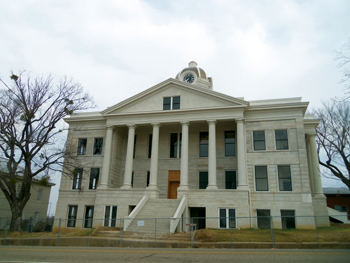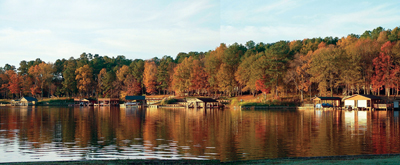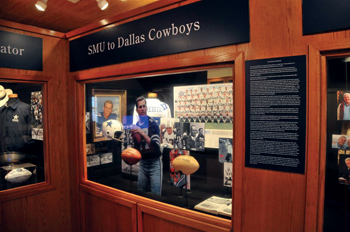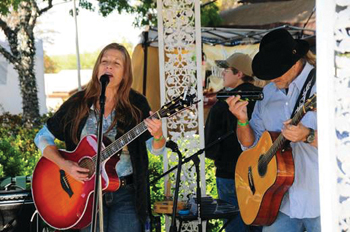Franklin County
 Franklin County with its narrow north-south configuration is the eighth-smallest county in Texas. The Cherokee Trace is on the eastern boundary and is intersected by the Choctaw Trail. With the well-traveled Indian routes passing through the county, there is good reason to believe that the remnants of LaSalle’s party passed through as they tried to reach French Canada in the late 1600s.
Franklin County with its narrow north-south configuration is the eighth-smallest county in Texas. The Cherokee Trace is on the eastern boundary and is intersected by the Choctaw Trail. With the well-traveled Indian routes passing through the county, there is good reason to believe that the remnants of LaSalle’s party passed through as they tried to reach French Canada in the late 1600s.
More than 30 signs throughout the county mark the routes of early roads and Indian trails, the local historical association maintains more than 60 signs marking pre-World War I homes, and another 20 official state historic markers designate historic sites.
A wealth of special attractions and features help display the uniqueness of Franklin County:
- seven operating museum facilities open free of charge, including two art museums (one located in the 1912 jail);
- home-turned-museum of the tallest soldier in the Civil War, Henry Clay Thruston, who stood 7 feet, 7 ½ inches tall;
- a museum housing the only egg of the Carolina Parakeet in Texas – with only 27 eggs from this extinct bird left in the world;
- grave of Baptist preacher Johnson who voted not to secede in a town which stood against slavery and was burned to the ground by secessionists in 1861;
- two natural trails open dawn to dusk, along with many parks and beautiful bodies of water such as Lake Cypress Springs twice named “Most Beautiful Lake in Texas” by D Magazine;
- genealogy society with historical displays in an 1894 department store; and
- a lovely public plaza remaining true to the 1849 public dedication of the present town site.
The county’s special terrain – much like a picture postcard – still looks as it was described in the published journals of Anthony Glass surveying the area as United States Territory in 1808.
Franklin County Courthouse
The second Franklin County Courthouse was built in 1912 in a Classical Revival Style and was one of four courthouses designed by Dallas architect L.L. Thurman. The total cost to build the courthouse was $65,000, including fixtures. This East Texas landmark is being restored in a $6.9 million project which includes both interior and exterior historic preservation and restoration, with Komatsu Architecture serving as architect and RBR Contractors and MMI as construction managers.
Exterior restoration included Indiana limestone masonry restoration and cleaning, restoration and/or replication of original 1912 wood windows and doors, and restoration of the cupola and the E. Howard clock. The clock is one of only two hand-wound mechanisms of its kind still existing in Texas courthouses, according to the nationally recognized clock restoration specialist engaged for the work. 
Site work includes installation of geothermal wells, which will result in energy savings over time; this allowed Komatsu to plan the site development with no visible mechanical equipment. Other sitework will include new parking layout, and improved drainage for both the site and the building ensuring minimized moisture intrusion at the basement level.
Interior restoration efforts include the modernization of the existing elevator, fire suppression/fire alarm and security system installation, new ADA/TAS-accessible restrooms, restoration of the original district courtroom and full restoration of the original commissioners courtroom volume, including restoration and replication of the original wood pews. New electrical systems and ground-source heat pump (geothermal) HVAC systems are being fully integrated into the historic interiors with minimal visual impact.
The interior restoration also includes all new finishes based on investigations by historic finishes conservationists for paint, wood and metals.
The exterior phase of the courthouse renovation was completed in June 2012, and the interior phase is projected to be completed in late 2013.
– Information provided by Komatsu Architecture
Franklin county received funding for these restoration projects from the Texas Historical Commission Texas Courthouse Preservation Program.












